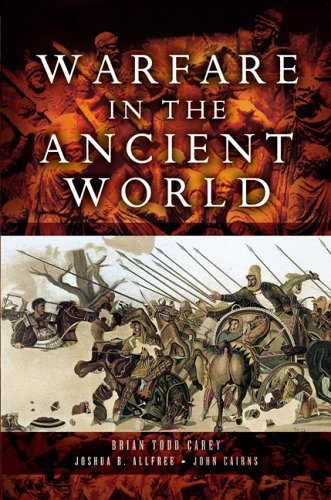

Most ebook files are in PDF format, so you can easily read them using various software such as Foxit Reader or directly on the Google Chrome browser.
Some ebook files are released by publishers in other formats such as .awz, .mobi, .epub, .fb2, etc. You may need to install specific software to read these formats on mobile/PC, such as Calibre.
Please read the tutorial at this link: https://ebookbell.com/faq
We offer FREE conversion to the popular formats you request; however, this may take some time. Therefore, right after payment, please email us, and we will try to provide the service as quickly as possible.
For some exceptional file formats or broken links (if any), please refrain from opening any disputes. Instead, email us first, and we will try to assist within a maximum of 6 hours.
EbookBell Team

5.0
58 reviewsWarfare in the Ancient World explores how civilizations and cultures made war on the battlefields of theNear EastandEuropebetween the rise of civilization in Mesopotamiain the late fourth millennium BC and the fall ofRome.
Through an exploration of twenty-six selected battles, military historian Brian Todd Carey surveys the changing tactical relationships between the four weapon systems - heavy and light infantry and heavy and light cavalry - focusing on how shock and missile combat evolved from tentative beginnings in the Bronze Age to the highly developed military organization created by the Romans.
The art of warfare reached a very sophisticated level of development during this three millennia span. Commanders fully realized the tactical capabilities of shock and missile combat in large battlefield situations. Modern principles of war, like the primacy of the offensive, mass, and economy of force, were understood by pre-modern generals and applied on battlefields throughout the period.
Through the use of dozens of multiphase tactical maps, this fascinating introduction to the art of war during western civilization's ancient and classical periods pulls together the primary and secondary sources and creates a powerful historical narrative. The result is a synthetic work that will be essential reading for students and armchair historians alike.